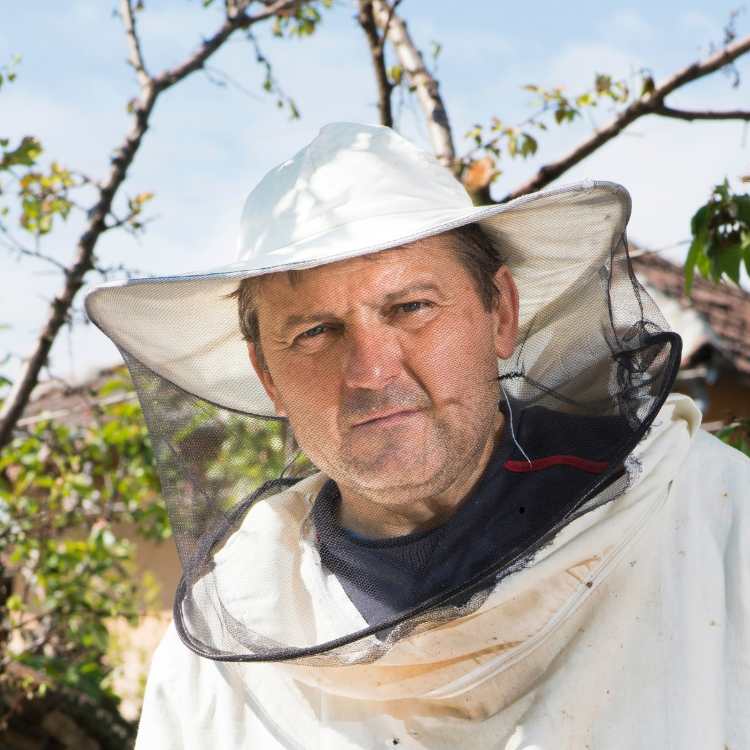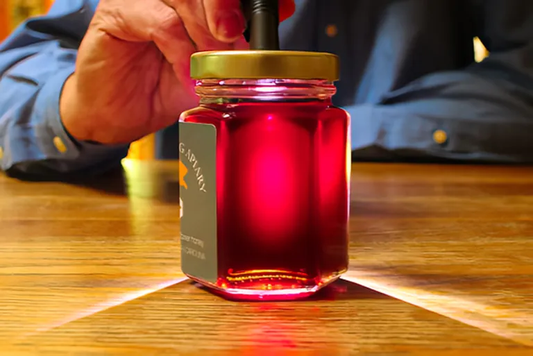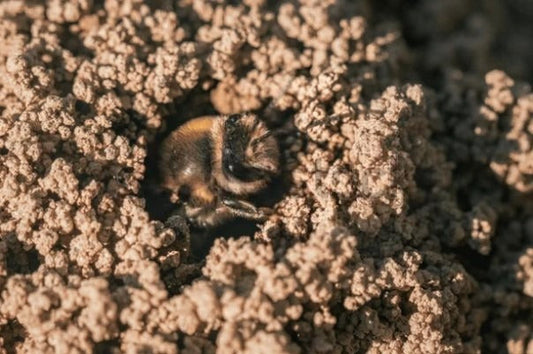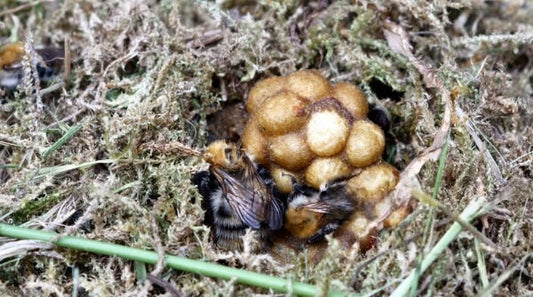Leafcutter bees are known to be quite powerhouses among the various pollinators. Unlike honeybees, which are relatively social creatures, leafcutters are solitary pollinators sprawled about the landscape doing work efficiently and with no fuss. Gardeners, farmers, and anyone with flowering plants should understand how much these bees contribute and how to attract them.
What are leafcutter bees?
Leafcutter bees belong to the Megachilidae family. This is a group of non-aggressive, solitary bees. They get their name from their very unique behavior: cutting near-perfect circles and ovals from leaves and petals to build their nest. It is important to note that leafcutter bees do not eat the leaves. Instead, they use them to make protective chambers in their nest for their offspring.
Leafcutter bees have a very comparable size to that of a honeybee. But leafcutter bees are typically darker, black or dark brown and have a slightly more robust appearance. A distinctive feature is the way females carry pollen. Instead of transporting it on their legs like the way honeybees do, they pack it under their abdomen in thick bands of hair. When a female leafcutter bee is loaded with pollen, her underside may appear to be golden or yellow.

Are leafcutter bees important?
Pollination is the lifeline of many ecosystems, and leafcutter bees are considered to be among the most efficient pollinators. Perhaps in the same league as honeybees. They visit wildflowers, fruits and vegetables, moving efficiently from bloom to bloom. Their impact extends well beyond backyard gardens. Commercial growers rely on them for crops like alfalfa, carrots, onions and even blueberries.
Unlike honeybees, leafcutter bees do not produce honey or live in hives. Each female builds her own nest, collects pollen and nectar and lays eggs independently. It is this independence that makes this species super resilient and adaptable as pollinators, especially in environments where traditional hives might struggle.
The life cycle
Leafcutter bees emerge in late or early summer. After mating, males usually will die off in a few weeks. Females then begin their work. Searching for existing cavities like holes, cracks in concrete, or hollow stems. These natural or manmade tunnels serve as viable nests.
Each nest contains a series of cells, built with bits of leaf carefully chewed and carried to the site. Inside each cell, the female will deposit a ball of nectar mixed with pollen. Then she lays an egg and seals the chamber with more leaves. A single nest may contain 10 to 20 cells, each with one developing bee.
After the larvae have hatched, they will then feed on the stored food and develop through the summer. They remain dormant in the cocoon stage through the winter. Come spring, they chew through the leafy walls and emerge, ready to start the cycle all over again.

Leafcutter bees nesting habits
As solitary bees, leafcutter bees do not need to defend a colony. This means no queens, no soldiers, and even very little chance of being stung, unless you are manhandling. This makes leafcutter bees excellent garden companions.
Leafcutter bees prefer to nest in holes the diameter of a pencil. Gardeners often attract them using bee hotels made from bundles of bamboo, drilled logs or paper tubes. These structures mimic the natural cavities the bees seek.
And offering this kind of shelter for the leafcutter bees is a very practical way of supporting the local pollinators. A bonus? Watching the females methodically patch together their leafy nest interiors is quite fascinating and, frankly, educational.
Common misconceptions
Gardeners often panic seeing holes in their plant leaves. But leafcutter bees are not damaging your plants. Think of it as borrowing. The leaf damage is superficial and does not harm the plant’s health in any way. No chemical treatment is needed, nor is it effective.
Another massive misconception is that these bees are aggressive. In reality, they rarely sting. If in case they do, the sting is very mild and far less painful than that of a wasp or a honeybee. Their main focus remains on building and foraging, not defending territory.
Leafcutter bees across the US
With over 200 species found across North America, leafcutter bees can be found in nearly every state. They have adapted to a wide range of environments and thanks to their diversity and independence, leafcutter bees are one of the most reliable pollinators around.
Final thought
Leafcutter bees don’t get the same attention as honeybees, but their contribution is just as critical for the ecosystem. They are quiet workers, building their leafy nests and pollinating with purpose. Gardeners and farmers alike benefit from their presence. Creating a welcoming habitat means better crops, more blooms and a healthier local ecosystem. These bees may be small, but their impact is anything but.
For more fascinating stories from the world of bees, consider following our full blog here.




